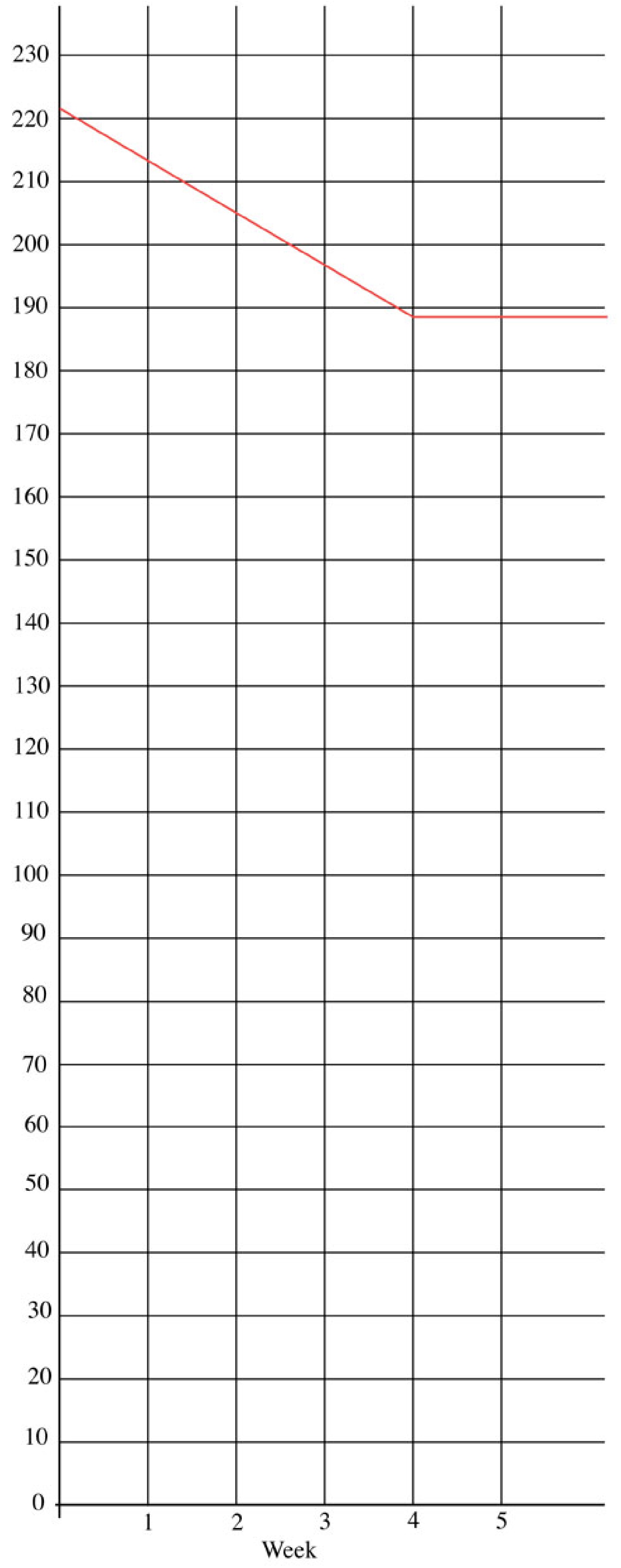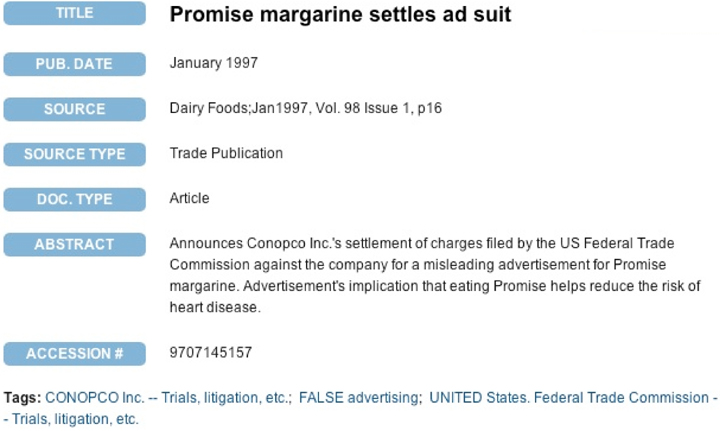
False and Misleading Margarine Commercials
©Copyright 2013 by Robert Chuckrow
Advertising Using Fear and Pseudoscience
In the 1970s through 1990s, margarine manufacturers utilized scare tactics and pseudoscience in promoting their products.
Click the following link to view such a TV commercial: William Shatner for Promise Margarine 1974 TV commercial
What’s wrong with the above commercial?
The “study” referred to is unscientific because no controls were used. There should have been two groups on the same diet except for one group using Promise Margarine and the other using butter. Only then would it be fair to compare the cholesterol levels of the two groups.
What’s wrong with the graph shown in the Promise Margarine ad?

The misleading graph shown in the first Promise Margarine commercial. The vertical scale represents average blood cholesterol levels.
Because the vertical scale of the above graph starts at 180 rather than zero, it visually suggests about an 80% reduction in cholesterol levels. The reduction is actually only about 15% and appears so when the graph is properly drawn with the zero of the vertical scale is shown (below).

The way the graph should have been drawn not to be misleading.
The underlying assumptions are that lowering dietary intake of cholesterol and lowering serum cholesterol levels produce a corresponding reduction in heart disease. These assumptions are certainly open to question (see Scientific American article).
US Federal Trade Commission Charges the Maker of Promise Margarine for False and Misleading Advertising
In January, 1997, Conopco Inc., the makers of Promise Margarine, settled a lawsuit brought by the FTC to stop advertisements implying that eating Promise Margarine helps reduce the risk of heart disease. Of course, we now know that margarine has been one of the leading causes of heart disease!

The Federal Trade Commission Case File.
Other Margarine Commercials:
1986 Promise margarine commercial
Promise Margarine Commercial 1988
Read more about Cholesterol, and Margarine Versus Butter
Evolution of Advertising to Now
In 1973, In the movie “Sleeper,” Woody Allen, a nerdish store owner, is revived out of cryostasis at a time in the future. He finds out that everything that we thought was bad for us was really good! It is as though producers of margarine, coffee, wine, and chocolate, then said, “Instead of making groundless claims that the FTC now prohibits, we can use actual scientific research” (see article on red wine).
Current Use of “Science” in Advertising
Manufacturers have more-recently realized that the most-cost-effective way to advertise is to (a) provide money for scientific research that would show their products in a favorable light, (b) publish the results (only if favorable) in a reputable journal, (c) then send the results to the media, and (d) then let the advertising self-perpetuate through word of mouth.
The Limitations of Clinical Studies
Bottom Line: A study showing a statistical relationship—even if not phonied— is insufficient to establish a cause-and-effect relationship. Establishing cause and effect additionally requires (a) showing a chain of connecting mechanisms and (b) the ability to insert additional mechanisms into that chain as more questions and information arise.
Example: Smoking and Cancer
Initial statistical studies claiming that cigarette smoking was a cause of cancer were not widely accepted because no mechanism was provided. Further studies isolated harmful agents in cigarette smoke and revealed mechanisms of how these agents produced precancerous conditions in lung tissue. This further evidence led to an acceptance of a cause-and-effect relationship.
Double-Blind Studies
Double-blind, placebo-controlled clinical trials are considered to be the “gold standard” for testing the efficacy of pharmaceuticals. But are they scientifically valid? See short article.
©2013 Robert Chuckrow